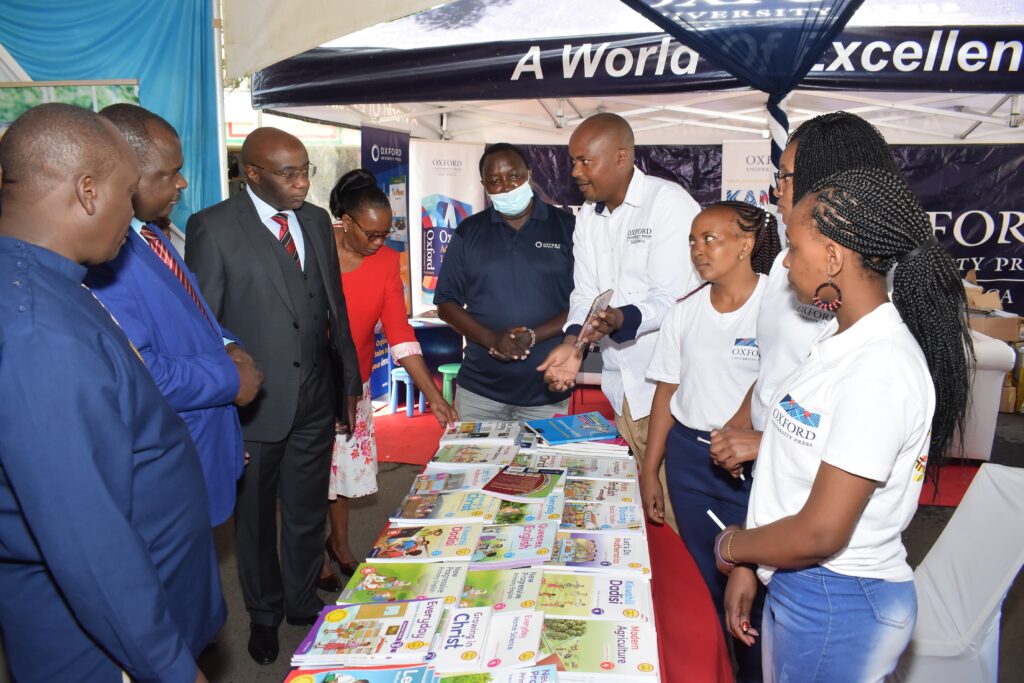It was relief for Kenyan publishers after they held their first book fair in two years in Nakuru City last week.
The publishers are just recovering from the devastating effects of the Covid-19 pandemic, which saw them lose a whole year’s sales when learning institutions were closed in 2020.

Due to restrictions pertaining to Covid protocols, they could not hold a physical book fair. They therefore tried something new, a virtual book fair, which however did not realise any sales. The disappointing outcome made them to cancel plans for holding fairs in 2021.
In total, Kenyan publishers missed out on four book fairs. Each year, the Kenya Publishers Association (KPA) holds two book fairs; a regional one in the counties and an international one at the Sarit Centre in Nairobi.
They were thus raring to go when it became clear that the Nakuru regional book fair would finally become a reality. Kiarie Kamau, the chairperson of KPA expressed optimism that the worst is now behind and urged publishers to diversify their product portfolio to avoid over-reliance on textbooks. “Though schools were closed due to Covid restrictions, people were still reading behind closed doors. We need to fully service this general market while at the same time publishing for the school market,” said Mr Kamau who is also the managing director of East African Educational Publishers (EAEP).
He noted that their decision to hold the regional book fair in Nakuru was informed by the fact that exactly a year ago the town acquired city status. “We wanted to celebrate with the people of Nakuru,” explained Mr. Kamau. “We were excited to see the enthusiastic response from teachers, parents, students and booksellers who thronged our stands during the four days we were at the Maasai Market, along Kenyatta Avenue. Publishers made good sales.”
He added that booksellers were particularly excited to see the fair come to their city. “Booksellers were hard hit by the Covid pandemic; some had even closed shop. To them, this was a clear indication that things are back to normal,” added Mr Kamau.
ALSO READ: https://maishayetu.com/2021/08/31/nairobi-book-fair-postponed-indefinitely/
On her part, Mary Maina, the chairperson of the Nairobi International Book Fair, regional book fairs are the best avenues of taking books to the people, in the true spirit of devolution. “In our case we are distributing knowledge, thereby giving Kenyans throughout the country a chance to sample what publishers have to offer,” said Ms Maina, who is also the managing director of Moran Publishers.
She added that visitors to the Fair got a chance to see all the books that have been approved to be used in the Competency Based Curriculum, which is currently in Grade Six as well as the remaining classes of the 8-4-4 System. “Also on offer were revision books for school children, as well and books for general reading like readers and novels for adults. We got very encouraging reception from booksellers who were keen to stock up,” added Ms Maina.
Kithusi Mulonzya, the CEO of One Planet Publishers, noted that the Nakuru Regional Book Fair was a dry run for the Nairobi International Book Fair that will be held in September. “This year’s event will be bigger and better,” he said.
John Mburu, the general manager of Patmat Bookshop, in Nakuru, thanked publishers for marketing and promoting booksellers in the region. “The coming of the book fair in Nakuru has really boosted our sales,” he said.
The highlight of the Fair was a visit to the Love for All Children’s Home in Shabab area, where publishers donated foodstuffs and books worth sh200,000.


